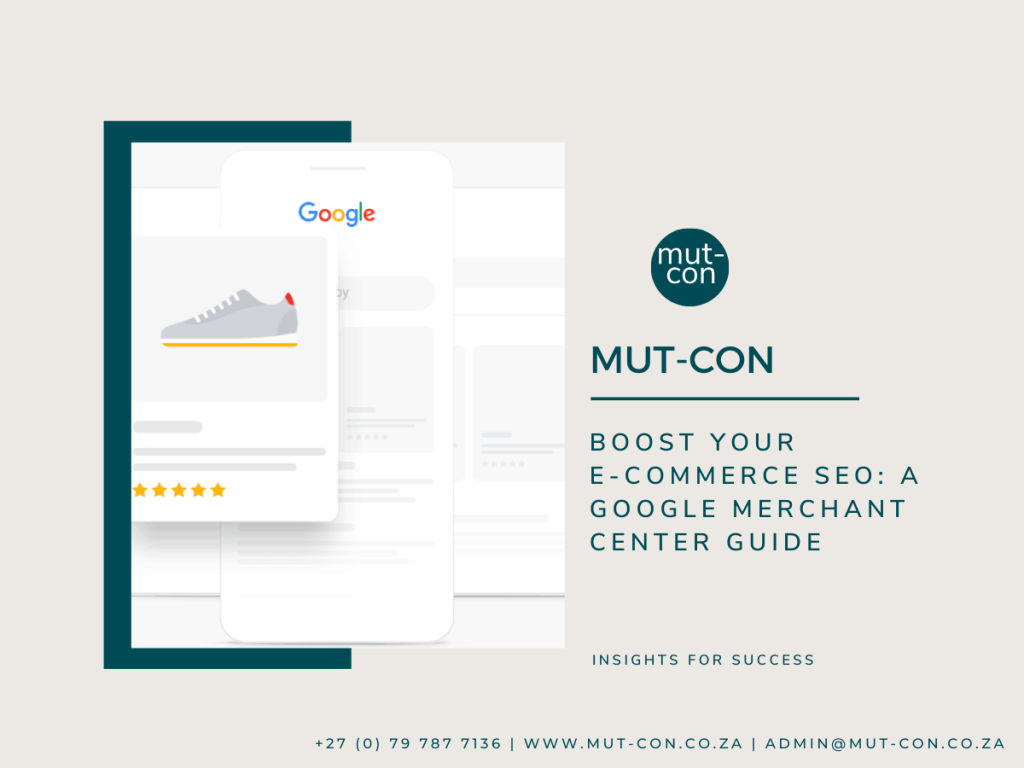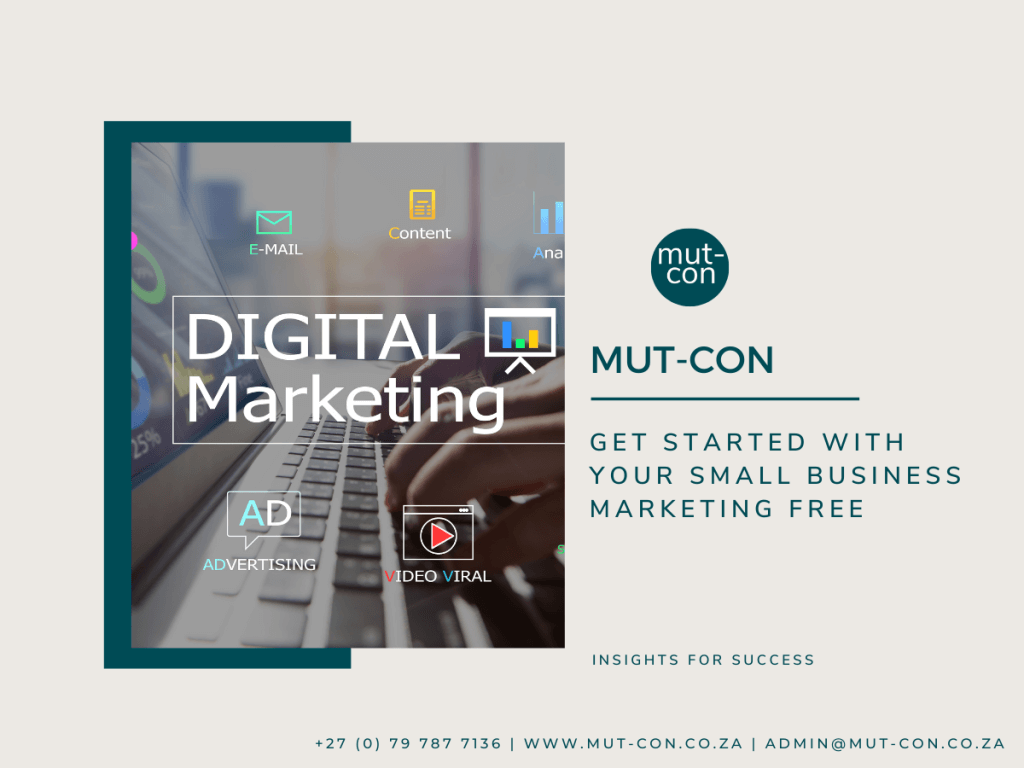This post was last updated on August 3rd, 2023 at 07:57 pm.
As an entrepreneur, web design and development might not be your strongest forte. As a result, you could be wondering what needs to be included in your small business website for you to get the most out of it.
We appreciate you have no time to spend pouring over UX and UI design principles, so we’ve got you covered. Today we want to discuss with you some elements you should be on the lookout for.
They should guide your goals and give you an idea of what your website should look, feel and perform like. Armed with this, you can get yourself a designer and developer who can bring this vision to life.
Remember that your website is a tool, and as such should accomplish tasks. However, if you don’t know what these tasks are, and how they can be accomplished, you’ll waste resources. What’s worse, you’ll miss the opportunity to grow your business with the advantages available online.
Small business websites need to convert
Perhaps even more so than the websites of your larger competitors. As a small business, you are probably struggling to drive traffic to your site. Any advertising or promotion you do consists of a considerable part of your budget.
For that reason, you need to make sure an action is performed every time someone visits your site. This is a conversion. This means your conversion rate, which is the proportion of people who perform an action to the total number of visitors needs to be at the highest level possible.
Depending on your industry, you are looking at an average conversion rate of 4.2%. However, a good conversion rate is one which improved from a previous one. No doubt 100% is likely impossible to achieve, but you became an entrepreneur to chase the impossible.
Aim for the impossible 100% and shoot for it. To achieve and excel at this conversion rate, you first need to be sure about your goals. A small business website can be built to:
- Sell (eCommerce)
- Provide information and support
- Gather leads
- Convert leads
- Improve brand awareness
- Automate some tasks
Once you have these goals figured out, it’s time to design your website to achieve them. So without further ado, how do you make sure your small business website converts?
Don’t overlook good design
As humans, we are visual creatures. Physical attraction leads to marriages, certain colours lead to certain emotions, and we yawn when we see people yawning. So the design, look and feel of your website could be the difference between a hit and a flop. 59% of people prefer a beautifully designed website, and the other 41% are likely not being honest.
The other 41% polled for a simple website, which still doesn’t discount them for good design. 51% however, expressed an outright desire for a “stunningly beautiful website”. So it’s going to be important to hit it out of the park. The thing to remember is that beautiful means different things for different brands, products and industries.
It’s also important to remember not to add features and sections just for looks. The best kind of beauty is one where looks meet functionality. If your clients can complete the tasks you want them to while they look at good colour and font combinations, then that’s a beautiful design.
Keep your website up to date
The only thing worse than not having a small business website is an outdated business website. For this one we don’t even need to poll, you need to ask yourself a simple question. And you need to be honest with the answer. When was the last time you visited an outdated company website and continued to give them your business?
Web technologies change often. While you may not need to have your website revised every month, it’s a good idea to have it looked at at least yearly. The visuals are not the only ones that need attention. Make sure both the looks and the technology running your website are up to par with current standards.
If a better way to deliver a function is available, make sure your website is not far behind from adopting it. Don’t be caught chasing trends, just don’t lag behind so long even your users can notice. Give yourself time to audit your content as well.
A simple issue such as a different listed address from the one a client saw you on can cause brand trust issues. The last thing you want is to lose a client because the number listed on your site no longer goes through.
There’s a little debate on the footer information as to whether it should contain your founding year or the current year. You may want to showcase you’ve been around for a while. But, also, you may want to show your site was given some attention as recently as this year.
If you can, do both. If you can’t, show the current year. On the internet, it matters more that you are relevant and active than how long you’ve been doing it. Unless you are the Space Jam website, please keep your business website up to date. But seriously though, whoever is in charge of that site, keep it as it is.
Spacejam website still looks like it did in the 90s and it should stay so
Invest in good site structure and navigation
While the actual number tends to vary, physical stores tend to convert a lot better than online assets. A lot of factors are involved, but the store structure is a huge contributing factor. Physical stores are designed to make it easy for you to find stuff, consider specials, and generally make sure you buy something.
Even the psychology is built around maximising sales, those candies at the checkout are not a mistake. Even in the best-ventilated stores, you can always smell freshly baked bread. Never the bad odours, because come on, there have to be some, but the smell of fresh bread. The samples are always conveniently in your path, and you can’t miss them.
Your small business website could convert more if it applied some of these lessons. Good site structure is important whether a visitor wants to browse for information or just go straight to purchase. The last thing you want is for them to wander around lost, failing to get anything done.
There should be a flow to your pages, understand why a visitor would want to go from one page to another. And whatever you do, don’t allow your website to have dungeons. Do not have pages users can’t get out of without using a back button.
Your navigation should link every page either to a home page or a parent page. It’s absolutely important to have a search function on your site. The ability has changed how we navigate the web, and it could benefit your business website as well.
In a world of dwindling attention spans, it could be a way to get people directly to the information they want without reducing the level of detail on your site. Additionally, with the right analytics setup, you can find which products are a hit with clients. For those you don’t have, you need to get on your catalogue ASAP.
Build the credibility of your website and company
Along with ease in discoverability, the internet has ushered in a period of unfettered scamming. And internet scams are only on the rise. While you try to bring your vision to life and change people’s lives, your small business website competes with hundreds of others trying to take advantage.
75% of people will base the credibility of your brand on your website. It’s a great asset to build brand credibility. This is not limited to online clients only. 70% of consumers visit a store based on information they found online. Considering 84% of people trust online reviews as much as friends, this is a golden opportunity.
Taking the time to build the credibility of your business online can set it apart from the cesspool. These benefits will trickle into your offline encounters as well, as your clients use that very same reputation and reviews to come in for physical purchases.
Make mobile compatibility a priority
It’s surprising to think mobile compatibility was an option until very very recently. Less than a generation ago we didn’t have the rich mobile browsing experience we have today on smartphones. In 2018, the mobile share of website visits surpassed desktop devices at 52.2%.
So mobile compatibility went from a nice-to-have to an important factor, to a priority in a very short space of time. If your website is not mobile-friendly, you are robbing half your clients of a good browsing experience.
What’s worse, you are robbing your small business website of an opportunity for a lot more conversions. Make sure your users enjoy a rich experience, whatever device they come on.
Mobile compatibility is now also an SEO ranking factor. This means failing to account for it not only hurts your conversions, but it also hurts your website ranking as well. And if there’s one thing you don’t want to do, is lose that sweet, sweet Google and Bing traffic unnecessarily.
Invest in informative well-written copy
Your website is likely the first place your clients will learn about your business. It’s your first impression, so make it last. It’s an opportunity to talk up your brand, in your own words, and an opportunity you should not take lightly. Be informative with your website copy. Put yourself in the shoes of a potential user.
Take the time to understand what they need to know about your business and inform them. Do not leave any room for them to wonder or fill in the blanks. Build a complete picture. Cover every aspect of your business clearly, avoiding jargon and complex phrases as far as possible. This is easier in some segments than others, so if it’s necessary, use the technical speak.
Don’t compromise clarity for simplicity. Make sure your tone matches your brand everywhere your client meets it. If in other media and in person your brand is fun and quirky, let that shine through. Shifting tones will confuse clients about your identity, and instead of winning them all, you will lose them all. Understand your target market, and speak to them in a manner that resonates.
Invest in appealing well-taken images
Images on a website make a bigger impression than the actual words. They’ll be seen first, and be digested and understood first, so use the best images. It would be great to use your own business’s images, so if you have them, do use them.
However, if you don’t, remember these days it’s just as easy to take great photographs with a phone. If you don’t have any great photographs of your business, you can use free stock sites like Pixabay, Unsplash, and a ton of others. If the budget allows, of course, consider paid stock images or a photographer.
Be very aware of using images you found on Google search or around the web. A lot of these are copyright protected and may attract hefty fines. Whatever you do, make sure those photos look good.
Prioritise speed
The internet is the information superhighway. Not a highway, but a superhighway. This means that everything moves at a fast pace on the internet. This is what your clients expect when they land on your site. They expect whatever they need to be delivered to them in seconds or they are on to your competition.
For every 1-second delay in page load speed times, you can expect your conversions to go down 7%. Close to half of your website visitors expect your website to load in 4 seconds or less. Let’s not forget, page speed is a ranking factor for both Google and Bing. This means if it’s not hurting your chances of selling, your slow business website is negatively impacting your SEO efforts. The long and the short: prioritise speed.
Make the most of your hero area
The hero area is that large part of your landing page or home page. Needless to say, it’ll grab the most attention. It’s the place most of your traffic will land on, and it just asks to be looked at. This makes it important to make sure you influence the buyer’s decision with the hero area alone.
All the attributes of a converting website should be well represented. Firstly, choose an image that best represents your website, brand and business. With an attention span less than that of a goldfish, you need to be quick to show clients what you are about. This could even buy you a few more seconds to have everything else considered.
Next, make sure headings and copy are clear and precise, but most importantly, short. This could be tough to achieve, but basically, give tons of information in a few simple sentences. Top it all off with a good, clear call to action. The last thing you want is to convince a client to engage, and then have them wondering what to do next.
That’s an unforgivable sin. Your website conversion rate will be determined by how well you guide clients to take action. One thing your small business website can’t afford is to miss any opportunities. And for reasons we are more than willing to share, DO NOT USE SLIDERS.
If you can’t say it in one area, you are not sure what you want to say. Go back, think about it, and revise until you can make a compelling case in one hero area. While you are at it, ditch the distracting gimmicks like videos and gifs. Let the core message shine.
Use sliders with caution
Unpopular opinion: unless you are serious about your website converting, sliders are useless. Only 1% of users will even interact with them. The rest just ignore them. Not only are they useless, but they could also be damaging your conversion chances. They are loading extra scripts and slowing down your website with no discernable benefits.
Not something to be proud of but humans have officially overtaken goldfish. We now have a shorter attention span, of eight seconds. That’s not enough time to process one hero area, let alone five slides. So instead of using them with caution, ditch them altogether. Sliders are evil.
Make it easy for clients to contact you
When I was considering the advantages small businesses have over their larger counterparts, one of the strongest is the ability to communicate. This should extend to your small business website. This is an advantage that larger businesses should invest in as well. It is definitely easier for small business owners though.
You can definitely communicate better when you are getting a thousand loyal customers a day. It’s another story if you are getting a hundred thousand. The first thing you need to hold off on is definitely automation. When our chat provider Tawk.to challenged their users to a story, we realised how much they contributed to our identity.
Live chat means a lot to us because we like to know our unique clients and their needs. We understand the capabilities of bots and AI, but they haven’t mastered the human touch. That human touch could be the difference for your brand. So don’t be in a hurry to automate, talk to people. In addition, make sure contact information is clear and precise. Even as a small business, you have different people in charge of different functions.
Give your clients direct contact to people who will be able to help them and minimize routing. Be it phone numbers, email addresses or physical addresses, take them to the right people. The last thing you want is a frustrated client dealing with someone who can’t help them. Believe me, after five minutes of transfers and holding, your brand name will not be recovering.
Make your site the hub of your online presence
When clients are taken by your product, service, brand and website, they will want to keep in touch some more. Nothing could be as rewarding from a website as a client who voluntarily signs up to be contacted at a later date. This is the best kind of lead because it’s almost guaranteed to convert.
At the very least, they are very likely to receive your communication well. The last thing you want to present is a barrier to clients being able to do this. Make sure your website is the central hub of your business’s entire online presence. Display your social media, subscription forms, wish lists and any other connections prominently. Use your pop-ups sparingly, and non-invasively, but make sure clients can keep in touch.
Once you have their information, remember, with great power comes great responsibility. Manage your timing and messaging very well, and you may continue to achieve goals even after the site visit. Remember, like you, no one wants to receive an email about an “urgent sale” every minute.
Have a clear compelling call to action
All your efforts for a website for your small business that achieves goals boil down to this one point. To build a website that converts, you need to have goals for it. For those goals to be met, they need to be based on your visitors performing actions. For these actions to be performed, you need to make it clear and easy for visitors to perform them.
This is a call to action. No matter how many of these points you apply to your small business website, without a call to action, it will not convert. So this should be the starting point when you build your website that will be a conversion marvel. You need to determine the actions on your site that will yield value.
Once you have these, you need to build it around making sure these actions get performed. So if you take one thing away from this post:
- Have a call to action for your website
- Build your website around that call to action
Okay so maybe that’s two points, but remember both of them. For some inspiration, here are a couple of guys absolutely killing Call-to-Actions.
Conclusion
In the wise words of Larry Kim, conversion rate optimization is about more than just fiddling with button colours. You could be tempted to laugh but so many articles trudge on about button colours and shapes. I’ll admit, colours invoke emotion which invokes actions, but it’s a bit more complex than red making people hungry.
It’s about understanding your brand, your business, your brand, and your client, and using that knowledge to help them achieve what they want, which lets them carry you to SMART goals for your small business website.
Just like traditional brick and mortar stores knew putting candy at the checkout will make your little monsters, sorry, kids make you buy it, you should know how to influence your desired visitor to a desired action.





